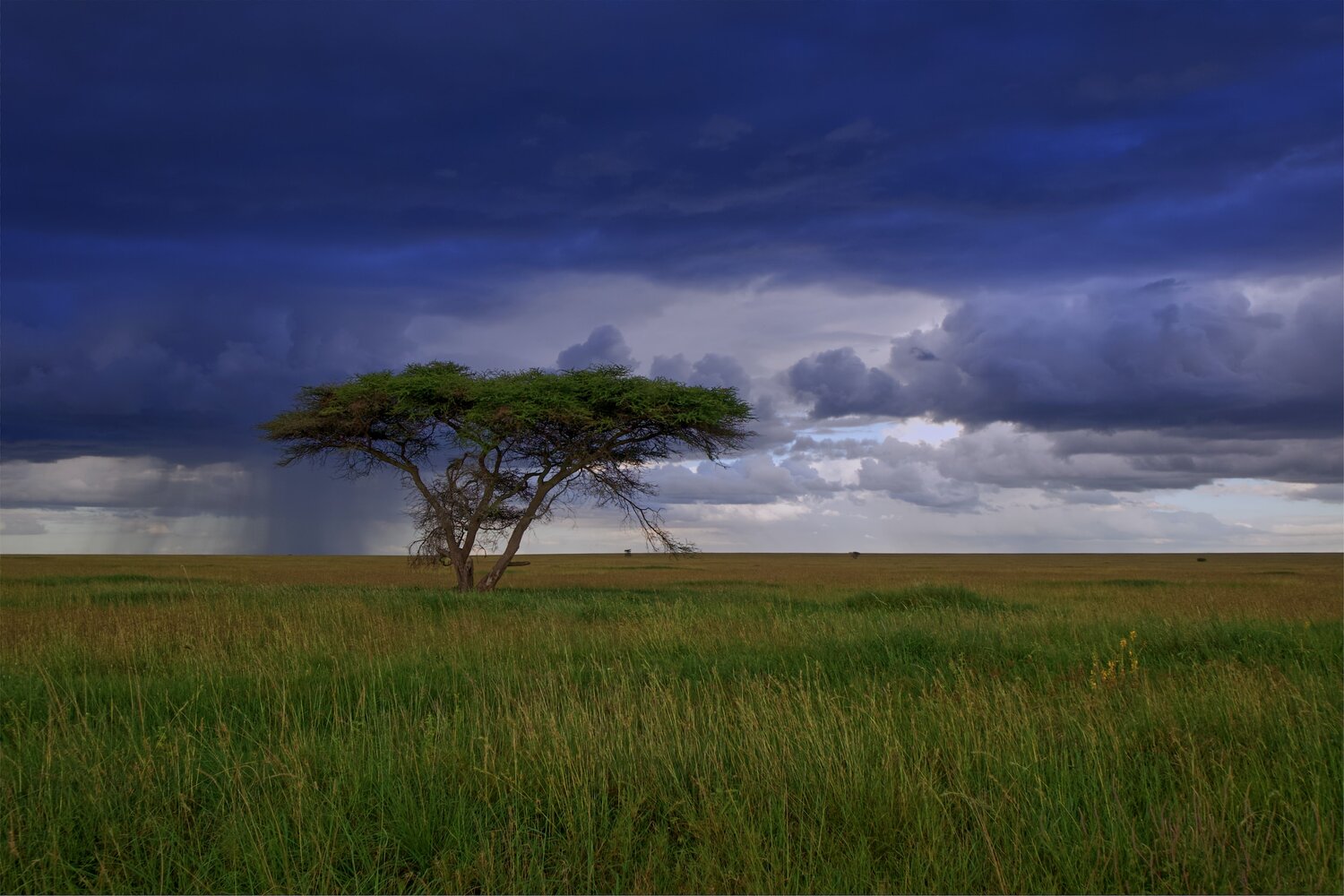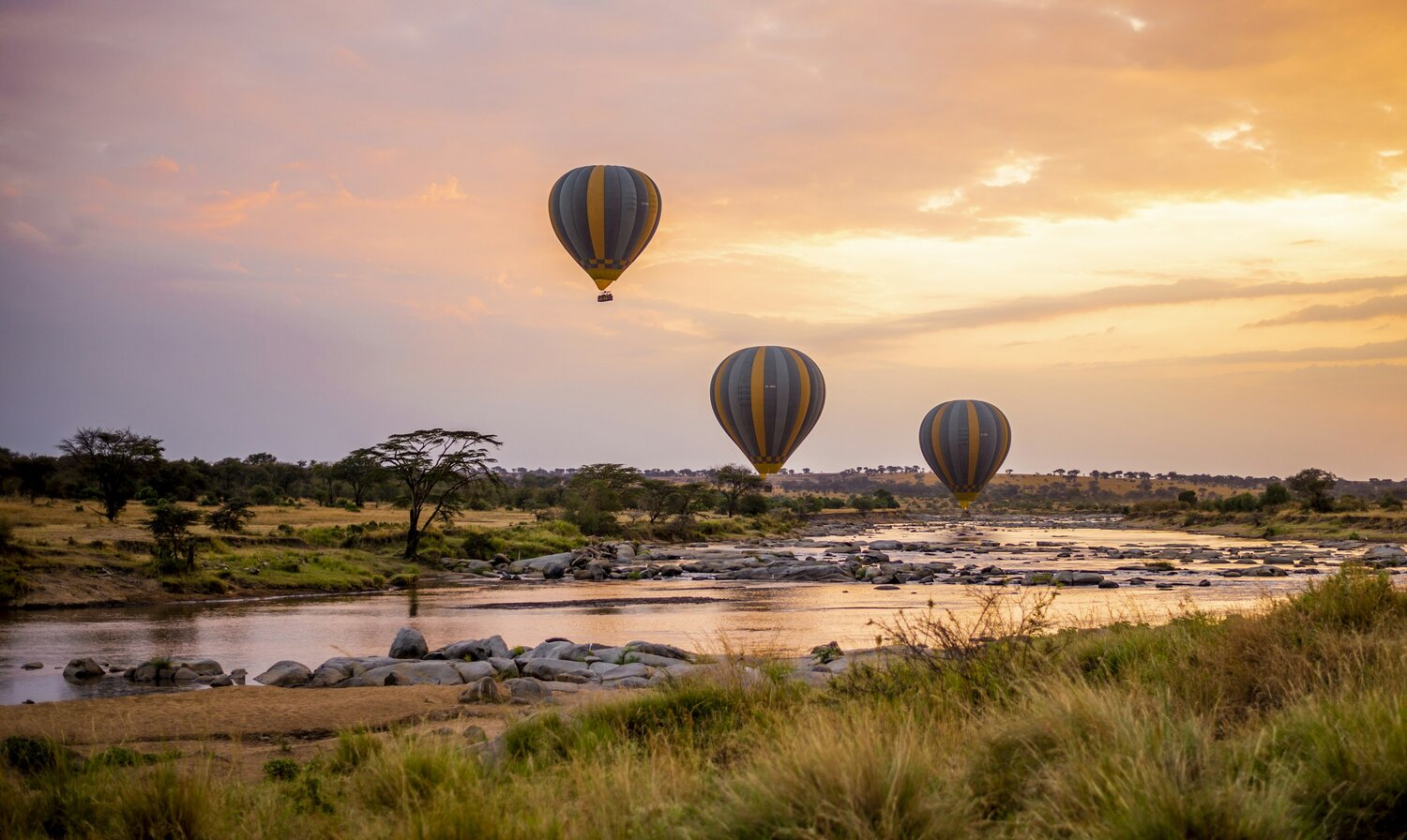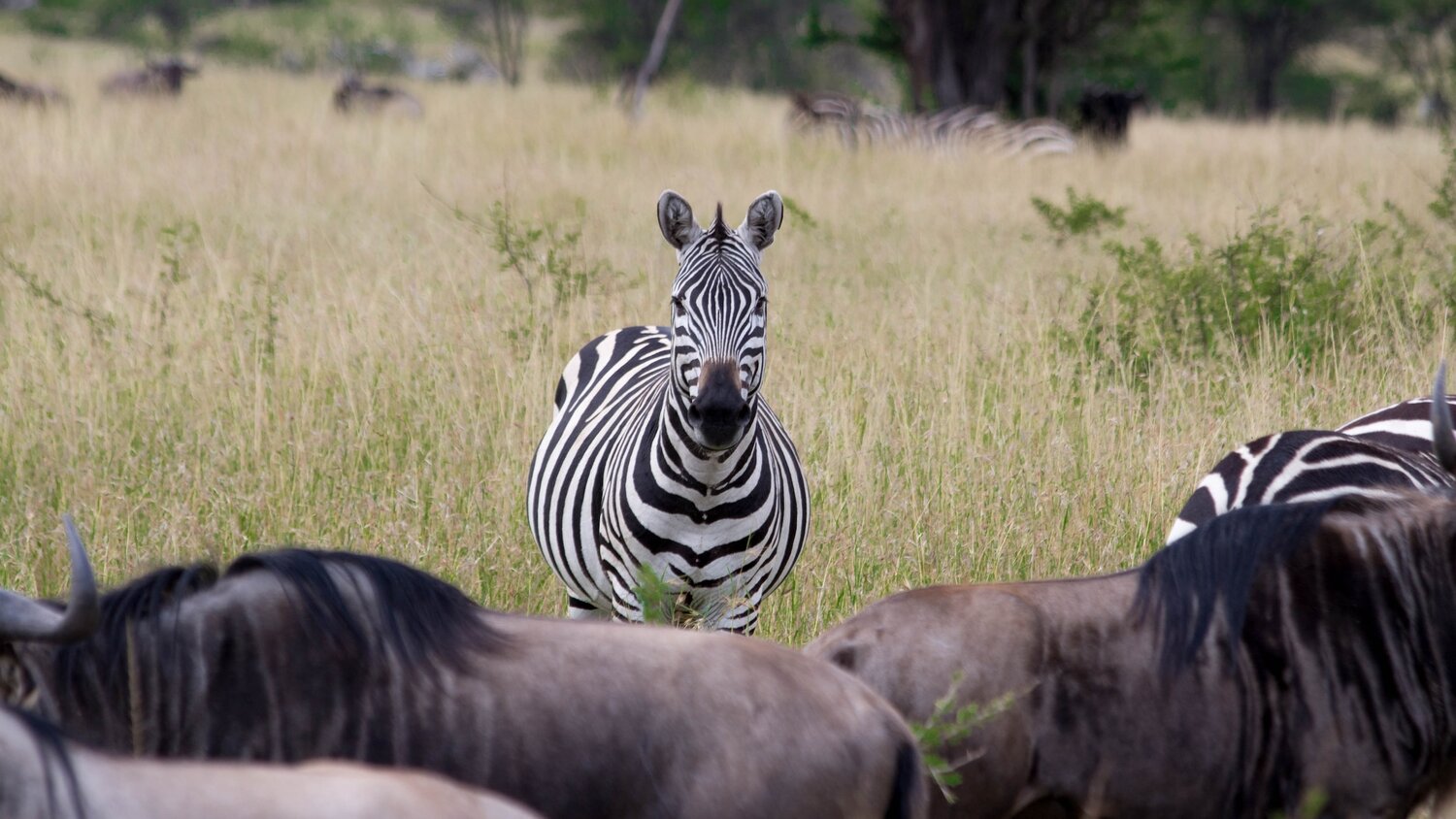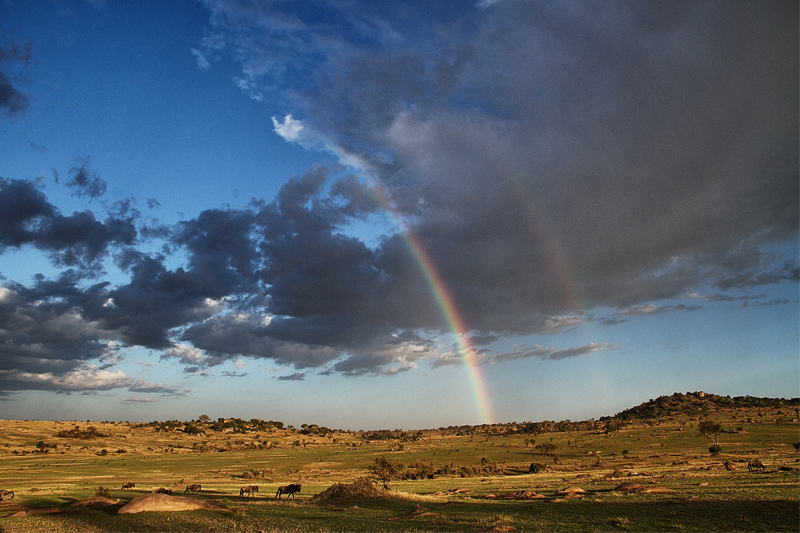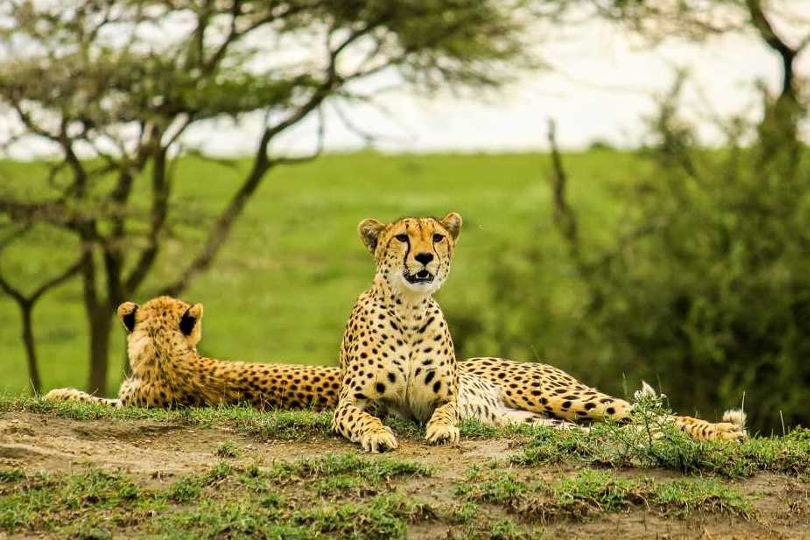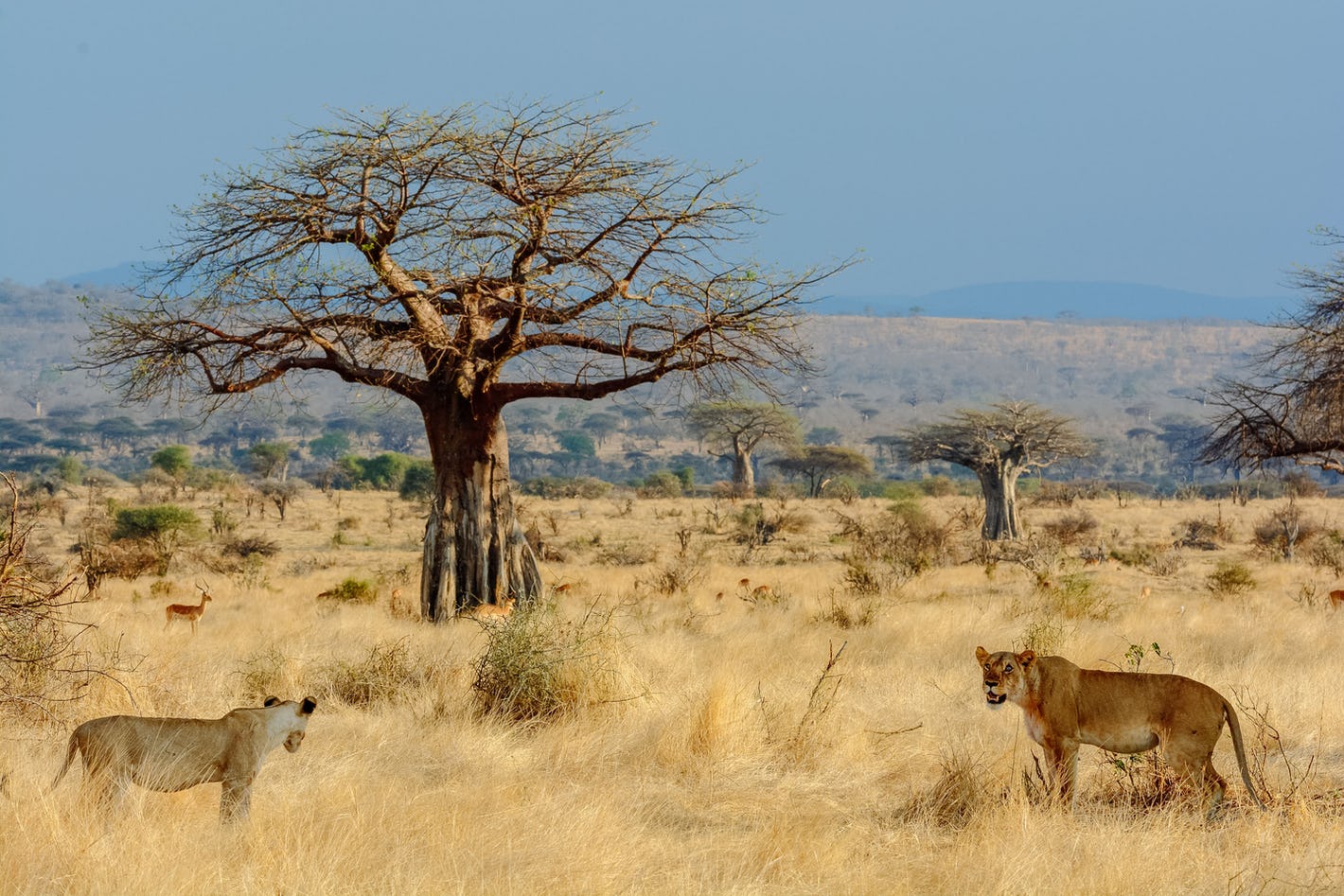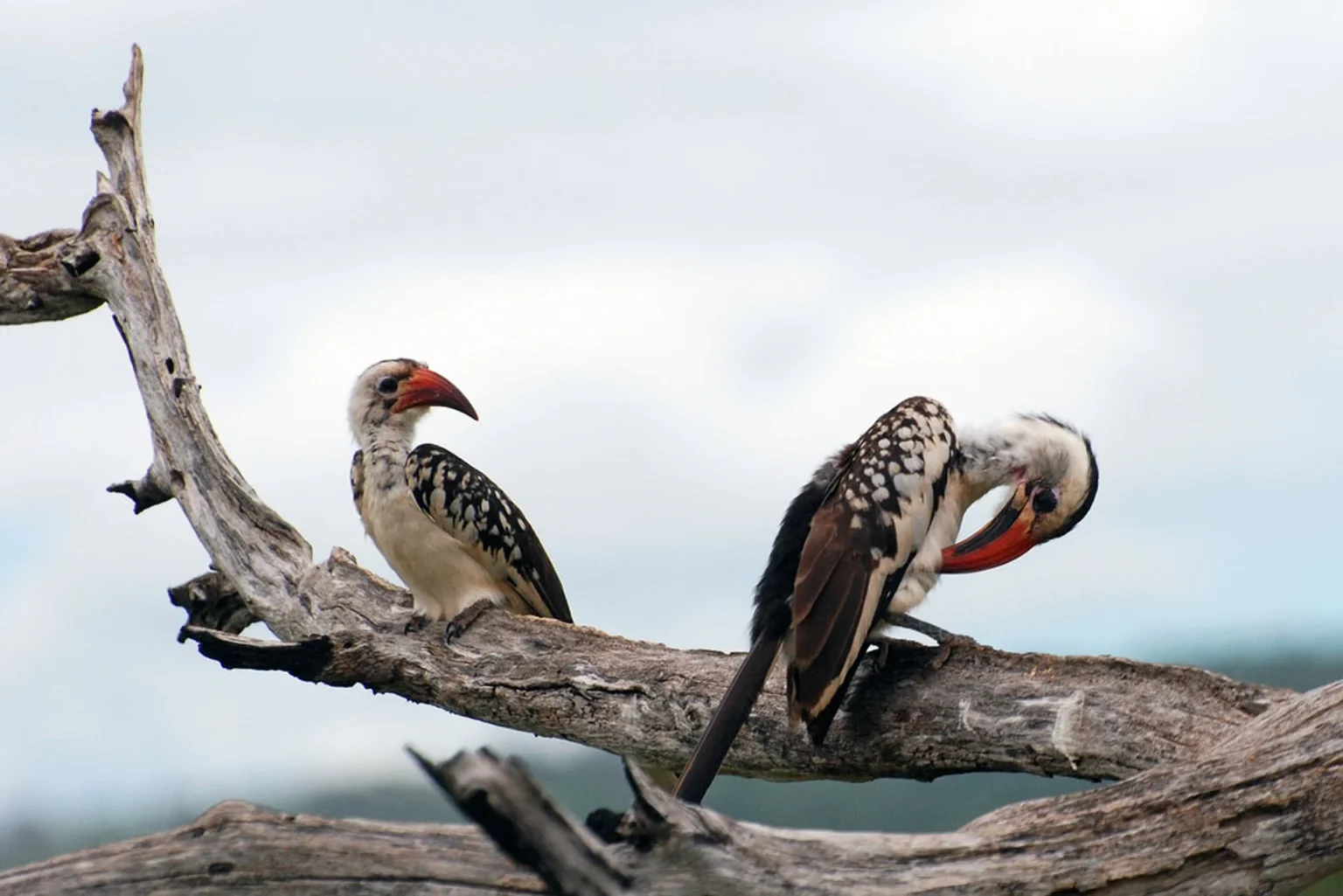Planning a Safari During High vs. Low Season
High Season (June to October)
- Pros: Guaranteed wildlife sightings, comfortable weather, and excellent photo opportunities.
- Cons: Increased costs and more tourists, requiring early booking for accommodations.
Low Season (March to May)
- Pros: Lower costs, fewer crowds, and stunning greenery ideal for photography.
- Cons: Unpredictable weather and accessibility issues in some areas.
Compare Tanzania Safari Seasons: High vs. Low Season
| High or Peak Season |
Low or Green Season |
|
Long Dry Season
About June to October
|
Green Season
About January to March and November to December
|
| Highest rates |
Lowest rates |
| Need to book well in advance |
No need to book too far in advance |
| Cool and dry weather |
Hot and occasionally wet weather |
| Not many baby animals around |
Lots of baby animals around |
| Not many migrant birds to see |
Fantastic time for bird-watching |
| Most crowded |
Least crowded |
| Good photography conditions |
Greenest, most scenic landscapes with the best light of the year for photography |
High Season vs. Low Season Safaris
Planning a safari during the high season (June to October) ensures consistent wildlife sightings, pleasant weather, and access to iconic events like the Great Migration’s river crossings. However, the demand for lodges and camps means you’ll need to book well in advance and may encounter higher prices and more crowds.
In contrast, the low season (March to May) offers an entirely different charm. It’s the time to enjoy serene landscapes, peaceful parks, and budget-friendly options. While the rains might limit some activities, they also create dramatic skies and vibrant colors perfect for photography.
Best Time for Wildlife Viewing in Tanzania
Tanzania’s wildlife viewing is dictated by its seasons:
- The Dry Season: Large herds gather around water sources, making game viewing predictable and thrilling.
- The Green Season: New life emerges with the calving season, and predators become more active as they hunt vulnerable young animals.
The Great Migration , a year-round phenomenon, shifts across the Serengeti, providing unique experiences depending on the time of year. Whether it’s the dramatic river crossings or the tender calving season, there’s always something extraordinary to witness.
When to See the Wildebeest Migration
| Event |
Approximate Time |
| Calving or Birthing Season |
January to March |
| Intense Big Cat Action |
January to March |
| Rutting (a period of sexual excitement, reproductive activity and mating battles between males) |
January to March |
| Grumeti River Crossings |
May to July |
| Mara River Crossings |
July to September |
Important Note: The Great Wildebeest Migration is a continuous, circular movement throughout the year, and the timing of the river crossings can be quite unpredictable. Traditionally, these crossings take place from May through to September. The herds might linger in one area for up to two weeks or, contrastingly, might cross back and forth up to four times within a single day. For a deeper understanding of this remarkable natural phenomenon, We encourage you to consult our comprehensive guide on the Wildebeest Migration.
Safari Photography by Season
Photography enthusiasts will find the dry season ideal for crisp, sharp images of wildlife against the arid backdrop. The green season, however, offers vibrant colors, dramatic rainclouds, and an opportunity to capture rare migratory birds. Each season provides a different aesthetic, making Tanzania a haven for photographers.
Safari Lodging by Season
During the dry season, lodges and camps near key wildlife areas are in high demand. Some camps move to follow the migration, ensuring you’re always in the heart of the action. In the green season, many properties offer discounts, and mobile camps provide unique and intimate experiences, often in remote locations.
Plan Your Perfect Safari Experience
Each season in Tanzania offers unique advantages, from the dramatic wildlife gatherings of the dry season to the serene beauty of the green season. Whether you’re drawn to thrilling predator action, vibrant birdlife, or stunning landscapes, there’s a time that’s perfect for your safari goals. Contact us today, and let us tailor a Tanzanian adventure that aligns with your interests and travel preferences!
Start Planning Today
